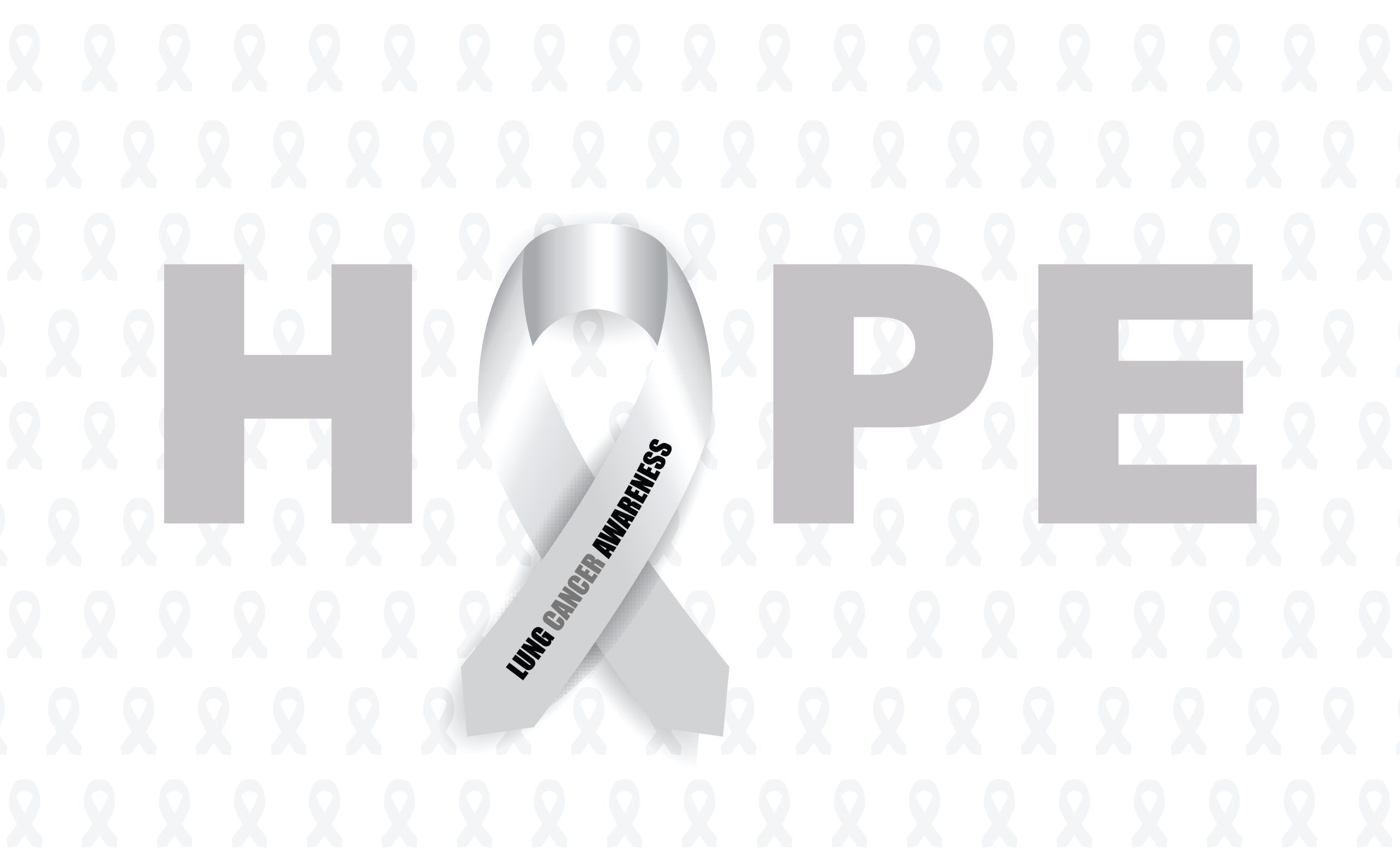Now that Halloween is over many people turn their attention to the celebration of the impending holiday season – but November is more than just Thanksgiving and the kick off to Hanukkah, Christmas, Kwanza and New Years’ festivities – on a more sober note, it is also Lung Cancer Awareness Month.
Lung cancer is the number one most deadly cancer for both men and women – meaning it robs a lot of families of the people which make the holidays so special. Whether you’re a Scrooge through and through, a purist waiting for the last Thursday of the month to pass before putting on your sleigh bells, or are already rocking around your Christmas tree, lung cancer is something that should also be considered after the trick-or-treaters have put away their costumes.
Lung Cancer Awareness Day was first observed in 1995 but as the number of people working to raise awareness grew bigger and more events were held, it became a month-long affair. At Austin Air, respiratory health is our raison d’être and so we’re joining the crusade for lung cancer awareness with a series on this disease and information about what it means to participate in Lung Cancer Awareness Month.
Although smoking is the number one cause of lung cancer, smokers aren’t the only population affected. Non-smokers and quitters alike have cause for concern as well. More than 280,000 people are diagnosed with cancer each year – 17.9% of those patients will be people who have never smoked and 60% will be former smokers.
Limiting your exposure to cancer causing substances is obviously of major importance. If you do smoke, quitting sooner rather than later improves the odds of avoiding the disease. A study published in 2013 in the United Kingdom followed over one million women born around 1940 because they came of age at the time when smoking became socially acceptable for women. It found that smoking took an average of ten years off of a woman’s life. Women who quit before the age of forty were 90% less-likely to die due to lung cancer. The numbers were even better for women who quit before the age of 30; they are more than 97% less-likely to develop fatal lung cancer.
Quitting smoking after a lung cancer diagnosis may not seem like a priority but it is still worth the fight. Research has shown that quitting improves the odds of recovery and decreases the likelihood of a relapse. A systematic review of ten studies showed that non-small cell lung cancer patients over the age of sixty-five who continued smoking had an estimated 33% five year survival rate while those who quit had a 70% chance of living five years after diagnosis. The data also showed that in limited (early) stage small cell lung cancer an estimated 29% of the continuing smokers studied survived five years and 63% of quitters made it to that benchmark.
Air pollution can also increase your risk of lung cancer. We are exposed to a variety of carcinogenic airborne particulates both inside and outside. Exhaust from vehicles and ozone can cause harm while outside and we’re exposed to substances such as radon and volatile organic compounds (VOCs) while indoors. Be aware and try to limit your exposure while at home and on the job – especially if you work in an older building which has asbestos, and where you have regular contact with second-hand smoke, harmful chemicals, or metals such as chromium.
The first way to participate in Lung Cancer Awareness Month is to limit your exposure to known causes of lung cancer. Beyond protecting yourself, help get the word out to your loved ones. Is their workplace safe? Passing on this information and acting on it now, may help ensure holiday memories with friends and family for years to come. Stay tuned, in our next article in the series, we’ll talk about other ways in which you can participate in Lung Cancer Awareness Month.
